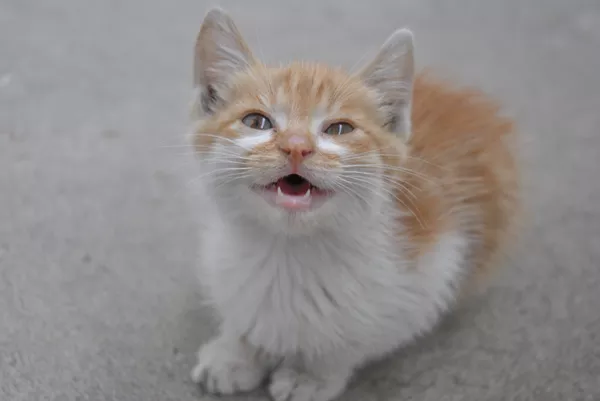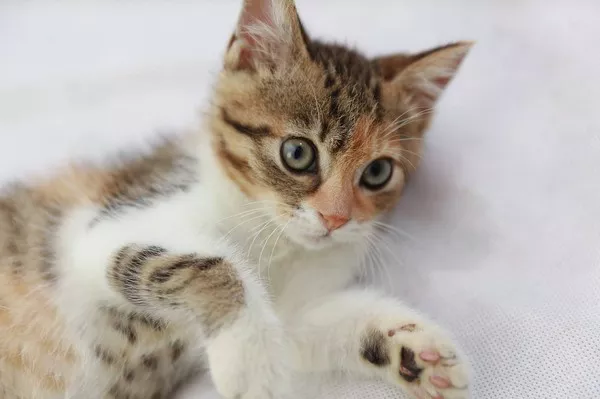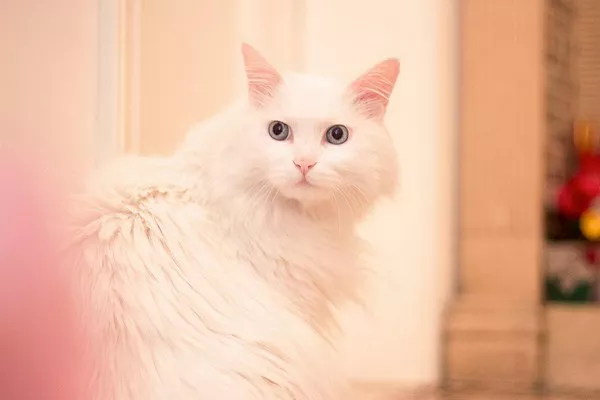Bengal cats, known for their striking appearance and playful demeanor, have become increasingly popular as pets. As responsible pet owners, it is essential to ensure the well-being of our feline companions, and a crucial aspect of their health is maintaining an appropriate weight. In this comprehensive guide, we will delve into the factors influencing the weight of Bengal cats, how to assess their ideal weight, and the significance of proper weight management in ensuring their overall health.
Understanding the Bengal Cat Breed
Bengal cats are a unique and distinctive breed, renowned for their beautiful spotted or marbled coat patterns and sleek, muscular build. Originating from the crossbreeding of domestic cats with the Asian leopard cat, Bengals exhibit a wild appearance coupled with a domesticated temperament. Due to their unique genetics, understanding the factors that contribute to their weight is crucial for responsible cat ownership.
Factors Influencing Bengal Cat Weight
Genetics
Genetics play a significant role in determining the size and weight of Bengal cats. The heritage and lineage of a Bengal cat can influence its overall build, with some lines producing larger or smaller individuals. Responsible breeders carefully select breeding pairs to maintain the breed standard, including size and weight considerations.
Age
Like all cats, Bengal cats undergo various stages of growth throughout their lives. Kittens will naturally weigh less than adult cats, and their weight can fluctuate significantly during the first year of life. Understanding the appropriate weight range for different life stages is crucial for providing proper care.
Diet and Nutrition
A well-balanced diet is fundamental to a Bengal cat’s overall health and weight management. Feeding habits, the quality of the cat food, and portion control all contribute to a cat’s weight. It is essential to provide a nutritionally complete and appropriate diet based on the cat’s age, activity level, and health status.
Activity Level
Bengal cats are known for their high energy levels and playful nature. Regular physical activity is vital for maintaining a healthy weight and preventing obesity-related issues. Indoor play, interactive toys, and designated playtime contribute to a Bengal cat’s overall well-being.
Health Conditions
Certain health conditions can impact a Bengal cat’s weight. Hyperthyroidism, diabetes, and gastrointestinal issues are examples of medical conditions that may affect a cat’s weight. Regular veterinary check-ups are essential for early detection and management of any health concerns.
Assessing Bengal Cat Weight: What’s Normal?
Breed Standards
Bengal cat breed standards provide guidelines for their size and weight. According to recognized cat breed organizations, adult male Bengal cats typically weigh between 10-15 pounds, while females usually weigh between 8-12 pounds. These standards are generalizations, and individual cats may fall outside these ranges without being considered unhealthy.
Body Condition Score (BCS)
A more personalized approach to assessing a cat’s weight involves using the Body Condition Score (BCS). This method evaluates a cat’s body fat and muscle mass, providing a more accurate representation of their overall health. Veterinarians use a scale from 1 to 9, with 5 being the ideal score. Maintaining a BCS of 4-6 is generally considered optimal for Bengal cats.
Regular Weigh-Ins
Monitoring a Bengal cat’s weight through regular weigh-ins is a proactive measure in identifying any significant fluctuations. Sudden weight loss or gain can be indicative of underlying health issues, and early intervention is crucial in such cases.
The Consequences of Obesity in Bengal Cats
Health Implications
Obesity in Bengal cats can lead to various health issues, including diabetes, arthritis, and cardiovascular problems. The excess weight puts additional stress on joints and organs, compromising the overall quality of life for the cat.
Reduced Lifespan
Studies have shown that obesity can significantly reduce a cat’s lifespan. Maintaining a healthy weight is linked to longevity, and responsible weight management contributes to the overall well-being and happiness of Bengal cats.
See Also:How Much Do Bengal Cats Weigh?
Decreased Quality of Life
Obese Bengal cats may experience a decreased quality of life due to mobility issues, lethargy, and an increased risk of developing secondary health problems. Providing proper nutrition and encouraging regular exercise can enhance their daily life experiences.
Tips for Managing Bengal Cat Weight
Balanced Diet
Choosing a high-quality, well-balanced cat food that meets the specific nutritional needs of Bengal cats is essential. Consult with a veterinarian to determine the appropriate portion sizes and feeding frequency based on the cat’s age, weight, and activity level.
Interactive Play
Engaging Bengal cats in interactive play is crucial for burning calories and maintaining a healthy weight. Interactive toys, climbing structures, and scheduled playtime contribute to their physical and mental well-being.
Regular Veterinary Check-ups
Scheduled veterinary check-ups are vital for monitoring a Bengal cat’s overall health and weight. Early detection of any weight-related issues allows for timely intervention and management.
Portion Control
Avoid overfeeding by implementing portion control. Feeding guidelines provided by cat food manufacturers can serve as a starting point, but adjustments may be necessary based on the cat’s individual metabolism and activity level.
Conclusion
In conclusion, maintaining an optimal weight is crucial for the health and well-being of Bengal cats. By understanding the factors that influence their weight, regularly assessing their body condition, and implementing responsible weight management practices, cat owners can contribute to the overall happiness and longevity of their feline companions. A combination of a balanced diet, regular exercise, and veterinary care ensures that Bengal cats thrive at their ideal weight, leading fulfilling and healthy lives as cherished members of our households.
Related Topics:
A Comprehensive Exploration to Bengal Cats’ Color Eyes
Bengal Cats’ Color Explained: A Full Guide
Where are Bengal Cats Illegal?



























